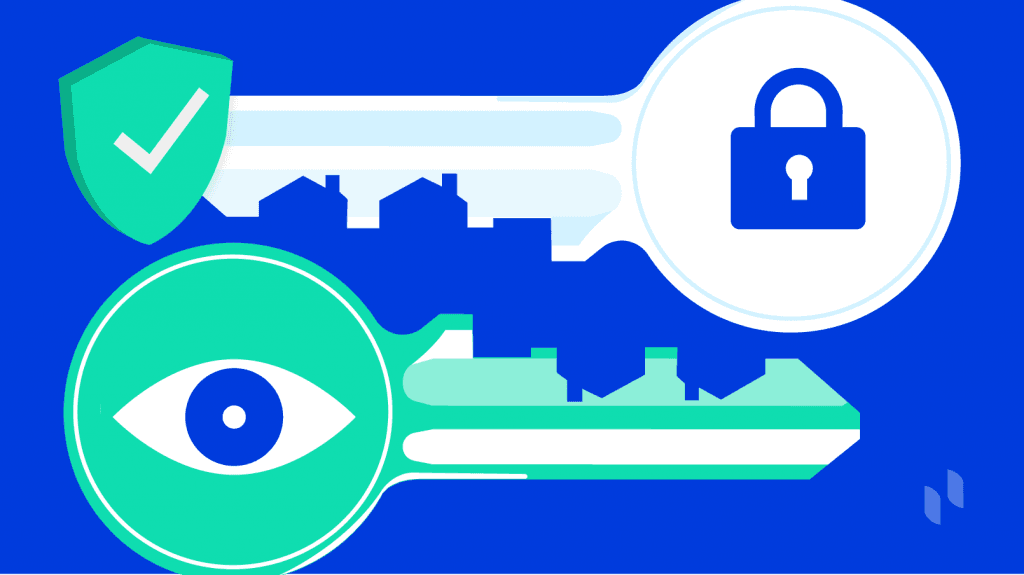Summary
- Crypto dust is a small amount of any crypto asset that is below the dust limit needed to transact the asset.
- There are several methods for cleaning up crypto dust. Some exchanges allow users to consolidate the dust from several addresses into a single address, or convert all of their dust into a different crypto asset. Trader can also meet the dust limit by making a trade from another address to the address with the dust.
- A dust attack is an actor sends dust to a random address or multiple addresses. Since dust is worth so little, most traders can include the dust in trades. As transactions are made, the attacker tracks them and monitors the addresses.
What is Crypto Dust?
Crypto dust is a small amount of any crypto asset that is below the dust limit needed to transact the asset. This dust amount is usually so small that most traders don’t pay attention to it, but ignoring crypto dust can lead to it being inadvertently transferred, which can be a security risk. Understanding how crypto dust is generated, what can be done to clean up that dust, and knowing the involved risks can help traders evaluate available options.
Where Does Crypto Dust Come From?
Whenever any crypto asset is traded, that trade is recorded on the blockchain and validated by the network. How a transaction is validated depends on the protocol, with the major ones being proof of workandproof of stake.
Crypto dust is created after a trade occurs, where the trade leaves a trace amount leftover in the address it was sent from. This unspent transaction output (UTXO) is called crypto dust. The asset is basically stuck since it is too small to cover transaction fees or is below the exchange’s minimum trading limit. In turn, the minimum value at which an asset is usable is called the “dust limit.”
Example of Crypto Dust
For example, consider Phemex’s minimum withdrawal standard, which defines a network fee of 0.0005 BTC. By these standards, any amount below 0.0005 BTC would be crypto dust. This doesn’t mean that the dust is lost — it is just unusable unless it eventually reaches the dust limit.
How to Clean Crypto Dust?
There are several methods for cleaning up crypto dust, but some depend on the wallet or crypto exchange where the dust is held. Most methods involve some form of adding more of the asset to the address holding the dust. Some wallets and exchanges provide solutions just for cleaning up crypto dust, such as allowing users to consolidate the dust from several addresses into a single address. Some exchanges also let traders convert all of their dust into a different crypto asset, which is usually limited to the exchange’s native cryptocurrency. Traders should check their wallet and exchange to determine whether these options are available.
If no solution is provided by a wallet or exchange, there are other ways to clean up crypto dust. Any trader can make a trade from another address to the address with the dust so that the amount meets the dust limit and can therefore be used again.
What are the Privacy Risks Involved in Crypto Dust Cleaning?
Financial transaction privacy is important to all investors, including cryptocurrency traders. Related concerns in crypto have led to many privacy-focused cryptocurrency projects like Monero (XMR) and Zcash (ZEC). But regardless of a project’s privacy features, no cryptocurrency is completely private if a trader doesn’t follow best practices.
How to avoid risks involved in crypto dust cleaning?
One best practices is to use a different address for each new trade. For example, it is recommended that a new address be generated every time a trader accepts a Bitcoin payment. Once that BTC has been spent, the address should not be used again. This is because many cryptocurrencies use a public blockchain that lets anybody view the transactions. Although private information is not linked to transactions, any consolidation of crypto dust to a single address does reveal the connection between the addresses involved in the transaction. Once that link is created, all of the transactions related to those addresses can be analyzed to gather more information on the owner.
To avoid this risk, there are other ways that traders can protect their privacy. It is always a best practice to consider privacy for any addresses used in public spaces. Accepting public donations or giving full transparency in accepting payments involves the risk of connecting that public address to any addresses to which the payments are transferred.
Traders can also use a different email address for each crypto wallet. Even if an attacker can link a cluster of addresses within the same wallet, they may not easily make the same link if the funds are transferred to a wallet using a different email address.
Also, remember that IP addresses can be included in the transaction relays for some projects. Using a tool to hide the IP address, such as Tor or a VPN, can help prevent this.
What Is a Dust Attack?
If you ever receive money unexpectedly, you should always investigate before spending it. In the case of crypto, you might be the target of a dust attack, in which an actor sends dust to a random address or multiple addresses. Since dust is worth so little, most traders don’t pay attention and can inadvertently include the dust in trades. As transactions are made, the attacker tracks them and monitors the addresses. The information they gather can be used to de-anonymize an address owner or link a cluster of addresses to a single wallet. A dust attack is not limited to malicious actors. This is a strategy that is also used by law enforcement agencies attempting to identify criminal activities in cryptocurrency.
How a dust attack works?
As an example to illustrate how a dust attack works, imagine you use crypto to purchase something. The payment from your address to the merchant’s address can be viewed on the blockchain. If the attacker sends dust to another one of your addresses and you consolidate that dust to the first address, the attacker can now link the purchase to the first address. If the attacker is successful in linking several addresses to an owner, they can potentially reveal private information. Once that information is in the hands of an attacker, they can try to use that against you in various ways. For example:
- A victim’s purchase history can be used for blackmail or extortion. For example, if a purchased product goes against the code of ethics at the victim’s workplace, the attacker can threaten to reveal this information if a ransom is not paid. A similar threat can be made with a victim’s family if the product is something meant to be private.
- If the attacker can de-anonymize both the individual and the merchant, they can attempt a phishing attack. Phishing attacks work by tricking the recipient through materials (such as an email) that look like they are from an official company or agency. Since the attacker is aware of the purchases made, they can craft customer-specific materials that are more believable and As a result, the victim may readily click a link or give away personal information that puts them at risk.
How do you prevent dust attacks?
Remain a UTXO in wallet address
Dust attacks have been used since as early as 2018. Besides offering dust consolidation solutions, some wallets and exchanges provide warnings and offer configurations to block the spending of dust. In a Tweet from 2018, Samourai Wallet warned its users that if they recently received small amounts of BTC in their wallet, then they were probably being targeted for a dust attack. Samourai Wallet added two features to help users deal with potential dust attacks. First, the wallet provides a notification to the user if any transactions below the dust limit are received. Users can also mark these transactions as “do-not-spend.” This effectively disposes of the dust, since it will remain a UTXO in that address.
Hide Dust from Users by default
A Tweet in 2019 by the developer behind Wasabi Wallet shows another way dust attacks are being addressed. One of the main things they are considering is how often Wasabi Wallet users include dust in their pre- or post-mix outputs. Wasabi Wallet’s key feature is ZeroLink, a technology that allows its users to merge many transactions from multiple users into a single transaction where the merged transactions are mixed up. Once the mixing is done, users receive back their portion of the assets, which is more anonymized. The mixing process helps to prevent coin traceability, which protects them against dust attacks. In addition, Wasabi Wallet has since been upgraded to hide dust from users by default. This makes it so users can’t inadvertently include dust with the transactions they are merging.
Both of the solutions by these two wallets are making an assumption, which is, it is unlikely an individual will receive any transactions below the dust limit. This is because sending transactions below the dust limit is inefficient, especially considering the transaction fees that are needed to complete the trade.
Conclusion
Crypto dust naturally occurs from cryptocurrency trading, and isn’t inherently problematic. When you’re considering whether to consolidate any dust, it’s important to be aware of its origin and the potential loss of anonymity, especially if somebody is watching that dust. Keep in mind that privacy in cryptocurrency is only as strong as the weakest part of the process. Knowing where the dust comes from, whether you should recover it, and how you can recover it can help you find the best approach.
Read More
- What is Ether Cards (DUST): A Dynamic NFT Platform
- What is Phishing in crypto & How to Prevent it?
- What is Cryptocurrency & How It Differs From Digital Cash
- Crypto Exchange Security in 2024
- How To Trade Crypto: The Ultimate Investing Guide
- What are Crypto Scams and How to Spot them?
- What is Cryptocurrency & How does it Work?
- What is AML in Cryptocurrency Markets








